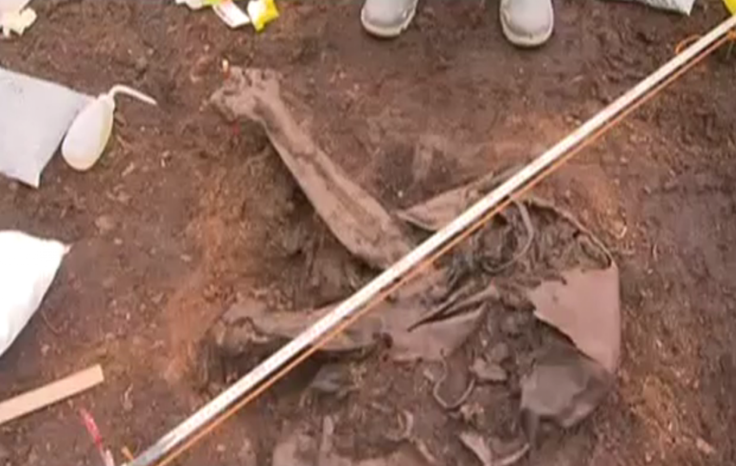‘Cashel Man’ Is World’s Oldest Bog Body, 4000-Year-Old Remains Found In Irish Marsh [PHOTOS]

New tests on a mummified body found in an Irish bog confirm it’s the oldest one in the world.
Radiocarbon tests show that the mummified remains date back to 2,000 B.C., the Irish Times reports. Dubbed “Cashel man” after the marsh it was found in, the 4,000-year-old body was discovered two years ago when a worker operating a milling machine unearthed the remains.
“We took a number of carbon dating tests. We’ve actually taken a sample of the body itself. We’ve taken a sample from a wooden stake that was used to mark the position of the body and we’ve taken a sample of the actual peat on which the body was lying,” Eamonn Kelly, keeper of Irish antiquities at the National Museum of Ireland told The Independent. “All the dates have come back 2,000 B.C. so this is a 4,000-year-old body.”


At first, experts thought the body belonged to a female and dated to the Iron Age, between 500 B.C. and 400 A.D. But the new discovery shows the remains are from a young adult that most likely died as a victim of ritual sacrifice. His arm is broken and there are deep cuts to his back, apparently inflicted by a blade, Kelly said.
The body was preserved by the chemical makeup of the bog, or swamp, which kept it intact for thousands of years. When it was first discovered in Laois -- a county southwest of Dublin -- the body was missing its head and despite efforts to find it, the head has never been recovered, The Independent reports.
“It seems to be [the] same type of ritual that we’ve observed in later Iron Age finds. What’s surprising here is that it’s so much earlier,” Kelly said. “We believe that the victims of these ritual killings are kings that have failed in their kingship and have been sacrificed as a consequence.”
© Copyright IBTimes 2024. All rights reserved.






















